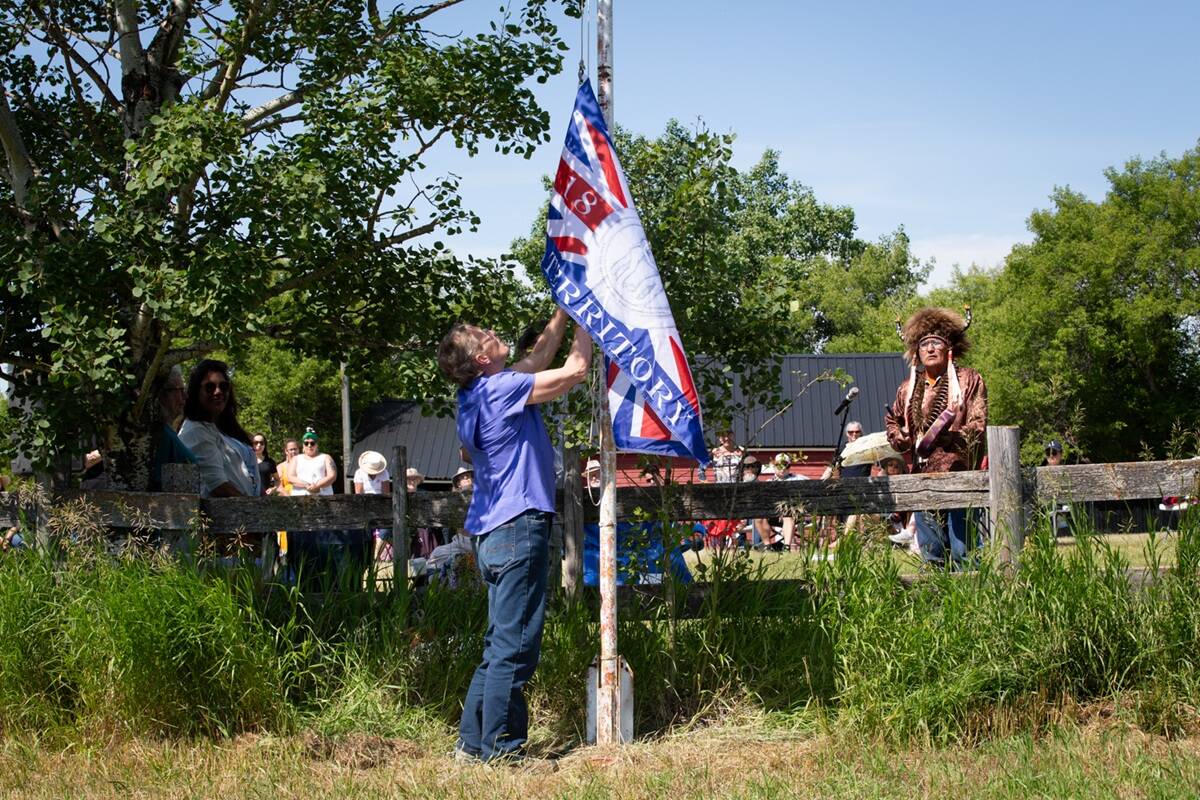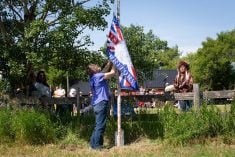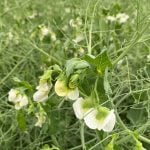The number of variables affecting profit on cattle ranches is staggering and most are circumstances we can do nothing about. We can’t control weather, insects, exchange rates, market prices, foreign trade, commercial inputs, government regulations, grain prices, new machinery costs, fluctuating cycles or unmotivated politicians.
About the only issue in which cattlemen can exercise control is the starting date of calving but even that is frequently subject to a few lurches depending on who made the final decision to begin breeding last spring, you or the bull.
Read Also

Treaty Land Sharing Network expands reach in Saskatchewan and Alberta
The Treaty Land Sharing Network, which connects land holders with First Nations and Metis people, has expanded since it began in 2018
In our area (northeast Alberta) there has been an inexorable movement toward later-spring calving with a smaller number of breeders even moving into midsummer and early autumn. It appears to be happening quietly one breeder at a time as if by osmosis.
Seed stock suppliers have considerable incentive to begin calving earlier in order to raise bulls mature enough to meet the following year’s service requirements. There is a huge difference in breeding capacity between a 12-and a 15-month-old bull. Breeders are significantly less likely to be called to warranty an older bull than one just beginning grade four when turned out with a batch of steaming females.
But clearly increasing numbers of commercial producers have concluded returns for problems associated with mid-or late-winter calving do not adequately compensate them for their extra troubles. If net proceeds on later calves are seen to be near what winter-born stock brings the incentive to get up every couple of hours in the dead of night at 30 below is notably reduced.
The vagaries of our industry preclude us from arriving at anything more than a range of possible numbers when projecting annual cattle income. Lenders asking for net revenue expectations are probably best advised to take a five-year swinging average and accept that as an educated guess. Nothing better than approximation is possible and those who claim to have it nailed down to the dollar should perhaps not be believed in other things as well.
Cows expected to milk in January or February clearly need to go into winter in superior condition. Lactation is a significant nutritional burden and if an animal is to produce sufficient volumes provision has to be made accordingly. If she is inadequately conditioned in the fall before going on low-grade feeds, excessive fat drawdown is inevitable. Cows should be cycling a minimum of once preferably twice before the bull is introduced and they won’t be if they are walking wounded through winter.
Thin cows can’t adequately sustain genetically potent calves and creep feed becomes a virtual necessity for winter calves still off pasture. Calves severely stunted during their first months will seldom grow as efficiently as those well heeled from Day 1. If calves are seen to be mercilessly harassing their poor mothers without being called to nurse some supplemental creep feed is definitely in order.
We can’t reliably assess winter feed costs without considering neighbouring circumstances. A declaration that we are feeding X bales of hay on established custom and that this is historically sufficient is meaningless if we imprecisely assume all feeds are equal and refuse to adjust rations to compensate for low energy. Bales may only be equal in appearance and weight.
Mild weather and open pasture significantly reduce the risk of scours and related illnesses. We are less likely to have sheets of stress inducing sleet wrapped around our calves in May than February and if such weather does occur it is fleeting.
Undoubtedly bedding costs are greatly diminished in later calving. January/February calves are faced with weak sunshine in -30 cold and if the depth of clean straw is inadequate frozen ears, tails and feet can destroy any hope of the calf reaching more than survival weight gains for a considerable time to come. These calves subsequently endure discrimination where money is money whatever the amount.
Sealed teats can be a potential problem in cold weather. Since udders are invariably engorged until her calf is large enough to nurse all teats frost damage may not be recognized in a timely way. If a quarter has been sucked a few times and then sealed by frost mastitis possibilities loom larger than a full moon. Of all the problems associated with calving, treatment of advanced mastitis is never on the wish list of things to happen to anyone.
Heated watering bowls are obviously a must in winter and mostly all is well. But slippery, sloping ice can build up in massive amounts as cows slobber and drip. All too often we’ve seen a dominant cow take a side run at a lower-status animal blissfully drinking and reefing her in the belly with a vengeance. If she is a few months or less away from calving the odds of fetus injury and premature delivery rise substantially as she stumbles and falls on the built-up mountains of ice. You don’t see that kind of unwarranted aggression around a dugout.
You don’t need to check a spring delivery herd every two hours or less at calving. It may be cool overnight in April or May but you are unlikely to lose a calf if cold is the only hazard. Breeders can happily dispense with warming rooms or indeed fully heated barns. Heating per se is not the issue. The rub comes from having to clean and re-bed each pen by hand a couple of times a day and getting the animal indoors in the first instance.
The bottom line question becomes — what about fall prices and how do net incomes compare between light and heavier calves? You can’t reasonably predict this in advance, most certainly not a year ahead. All the imponderables of our industry seem to conspire together and we are left with what we are left with. A strong dollar, barley prices, interest rates, availability of winter feed, an open or restricted U.S. border and governmental policies are all relevant factors we are utterly unable to affect.
If buyers dock a dime a pound for your frozen-eared calves try not to think about those cold, dark nights, hand-cleaned pens, frozen teats, cows that fought tooth and nail not to be penned, scour storms and those testy moments with your overly tired beloved in the dead of a cold winter night warming colostrum — it’s not worth remembering. Forget it — you probably didn’t lose a lot more than 75 bucks.
Sometimes we guess right sometimes wrong. But on a certain date in late spring or early summer someone has to open the gate to the bull pen and we begin anew.
StanHarderisaretiredRedAngusbreeder fromSt.Brides,Alta.
———
The bottom line question becomes — what about fall prices and how do net incomes compare between light and heavier calves?















